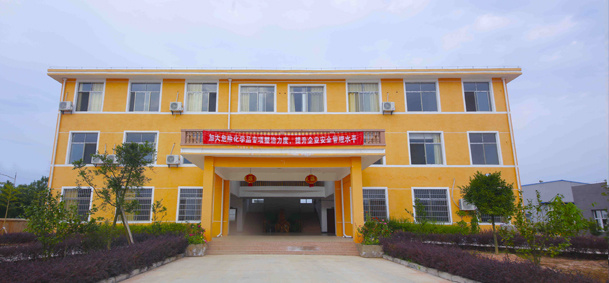News
Synthesis and Properties of Solvent-free Waterborne Polyurethane
Release time:
2019-09-20
Author: Liu Dubao, Tang Deng, Zhang Wenrong, Xu Gewen (Anhui Key Laboratory of Green Polymer Materials, School of Chemistry and Chemical Engineering, Anhui University)
Abstract: Using dimethylol butyric acid (DMBA), isophorone diisocyanate (IPDI) and polyoxypropylene glycol (PPG-220) as the main raw materials, the solvent-free waterborne polyurethane resin was synthesized by prepolymer method, and compared with WPU synthesized by DMPA. The effects of R value, type of chain extender and amount of chain extender on the performance of PU emulsion and coating film were discussed, and the synthesis process was studied, and the product was characterized by DSC thermodynamic analysis and infrared spectrum, and the ATR infrared spectrum of the adhesive film showed the typical infrared characteristics of water-based polyurethane. Research conclusion:
(1). In the process of synthesizing waterborne polyurethane with DMBA, the whole reaction process can be completed without adding a little solvent, and the reaction result conforms to the formula design;
(2). When designing the formula, the R value is above 1.3, the resin can be emulsified, and the synthetic waterborne polyurethane emulsion has a good appearance, excellent mechanical properties of the adhesive film and good medium resistance;
(3). NCO conversion test can be clearly seen that the one-step NCO conversion rate is higher than the two-step NCO conversion rate, and whether it is one-step or two-step, the whole reaction time only needs 5h to make the NCO conversion rate reach more than 98%;
(4). The use of post-chain extension process can reduce the viscosity of the prepolymer during emulsification, increase the mechanical strength of the film than EDA, and the elongation at break is smaller than EDA;
(5). The waterborne polyurethane synthesized by DMBA can complete the reaction without or with little solvent, which greatly reduces the pollution of the solvent to the environment, reduces the potential safety hazard of the factory, reduces the difficulty of removing the solvent, reduces the cost of the whole production, and increases the competitive advantage of the market.
(Source: Journal of Anhui University, Natural Science Edition, Vol.32, No.5, September 2008)
Share











